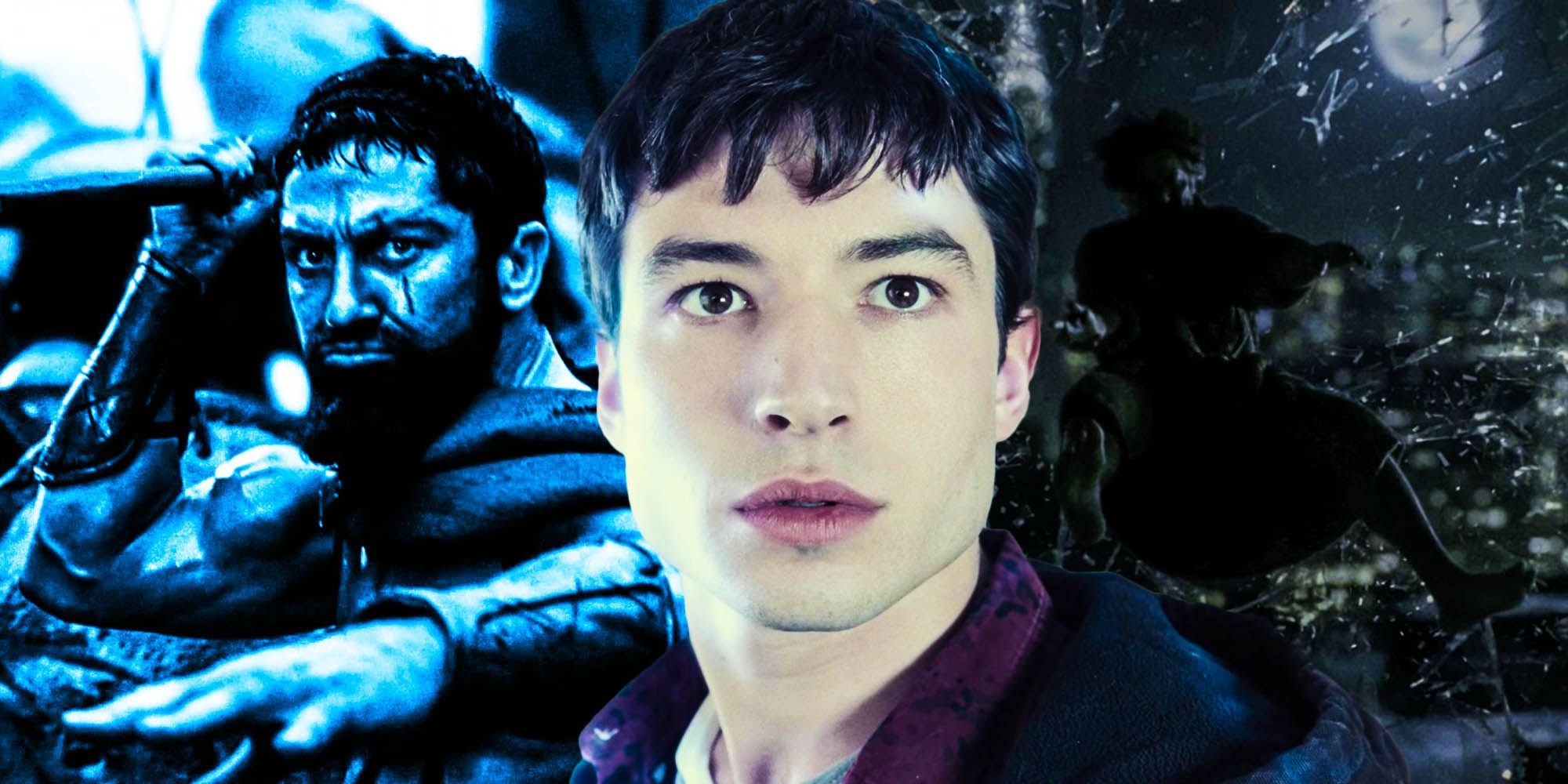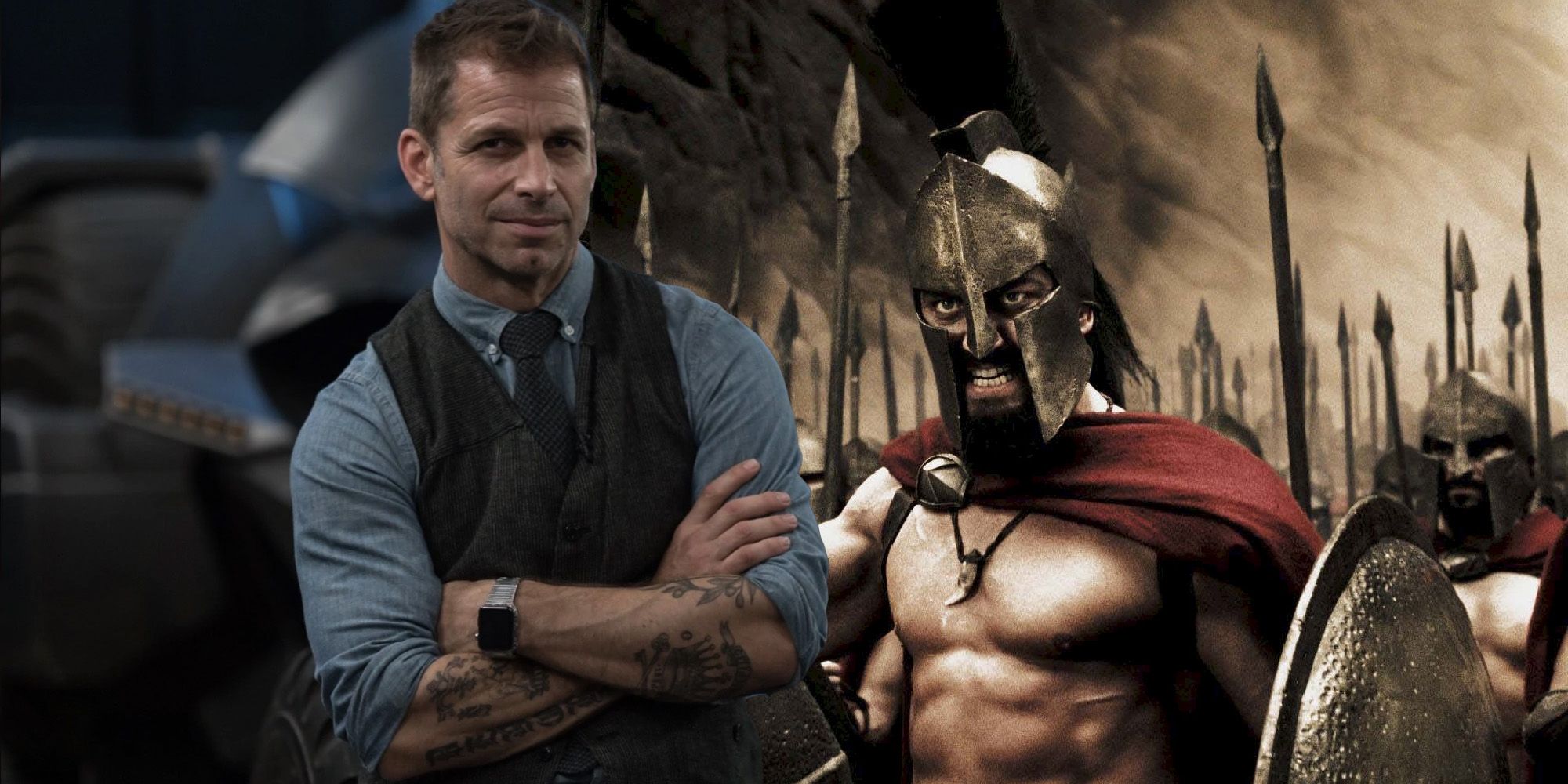Director Zack Snyder has made films in a variety of different genres, such as 300, Sucker Punch, and Zack Snyder's Justice League, but one thing that has been consistent throughout his filmography is his use of slow-motion. His latest film Army of the Dead even opened with an epic, slow-mo action sequence of zombies ravaging Las Vegas. While Zack Snyder does use a lot of tropes (such as the frequent use of Jesus Christ imagery in Snyder movies), slow -motion is by far his most notable directorial flair, and the way in which he uses it turns what could be generic action shots into masterpieces.
Zack Snyder made his feature-length directorial debut with Dawn of the Dead, a remake of the 1978 film of the same name. While Snyder is a little lighter on the slow-mo, it is still sparsely sprinkled throughout the film. However, starting with his next film 300, the director really ramps up its use, with many of the film's most iconic shots involving slow-motion. After the critical and commercial success of 300, the use of slow-motion greatly increased in Zack Snyder's movies, with it being found throughout his filmography. Because of his frequent use of the technique, it has become something of a trademark for the director, usually allowing audiences to know that they are watching a Snyder film within a few minutes of turning it on.
Some love Snyder's use of slow-mo, and some find it headache-inducing, but by analyzing his films it is clear that he doesn't just use it to look cool. Rather, Zack Snyder's intention is to capture the feel and scope of the source material that his films are based on. From capturing the exact look of the comic book panels to allowing audiences to revel in a shot's minute details, Snyder's style of cinematography has a truly unique feel, turning what could be just another movie into an epic odyssey. While viewers are frequently torn on many of his films, especially the DCEU films in the Snyderverse, it is impossible to deny that the director has a passion for the stories that he is adapting. Slow-motion is just one tool he utilizes to convey this care.
Some of the best examples of Zack Snyder using slow-motion to heighten his storytelling come from what many consider his magnum opus, Zack Snyder's Justice League. Since comic books can't show action in motion, they often draw panels that contain characters right at the point of impact, whether that be Batman punching someone or Superman being impaled by Doomsday. When being translated to film, though, much of the impact is lost, as audiences only see the impact of the action for a second or two. However, by implementing slow-motion into many of his action scenes, Snyder allows the audience a few seconds to take in the importance of what is happening in any given scene. One iconic instance of this occurs when the five main members of the Justice League are taking on Steppenwolf's Parademons, and the shot transitions into slow motion for about three seconds right as the team leaps into action. Grand shots like this would be impossible without slow-motion, but Zack Snyder's use of the technique gives these weighty moments the proper recognition they deserve.
From Watchmen to Man of Steel to Legend of the Guardians: The Owls of Ga'Hoole, Zack Snyder's employment of slow-mo is not only cool but also adds value to the stories that he is telling. While some may disregard his use of the technique as a cheap trick, it is undeniable that many of his shots stick with viewers long after they have watched his films. Whether it be Leonidas' iconic kick or The Flash pushing Wonder Woman's Sword of Athena back to her, Zack Snyder's use of slow-motion in his shots adds another entire layer of artistic depth to his movies.


